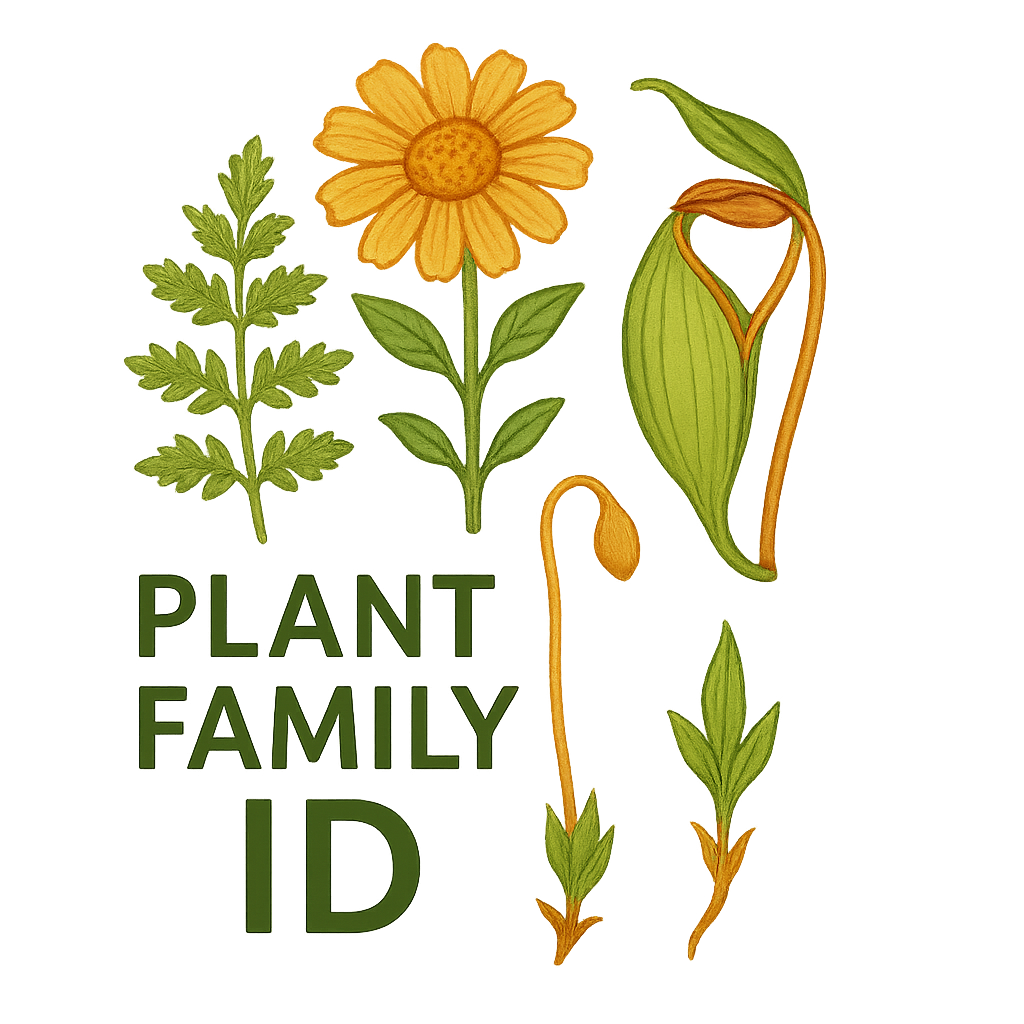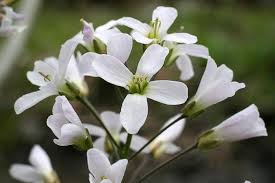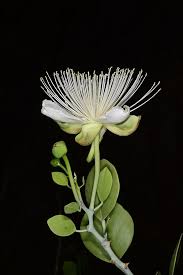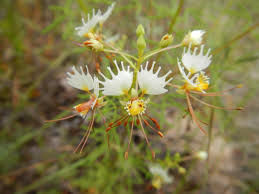Resedaceae
Mignonette Family
Resedaceae is a family primarily composed of annual or perennial herbs (less commonly shrubs), distributed mainly across temperate regions of the Northern Hemisphere, with a center of diversity in the Mediterranean Basin and the Middle East. They are known for their often inconspicuous but sometimes fragrant flowers arranged in racemes or spikes, typically featuring irregular (zygomorphic) flowers with uniquely fringed or lobed petals, numerous stamens, and a highly distinctive superior ovary that remains open at the apex, developing into a capsule that releases seeds through this apical opening. Chemically, they produce glucosinolates (mustard oils), linking them strongly to the order Brassicales.
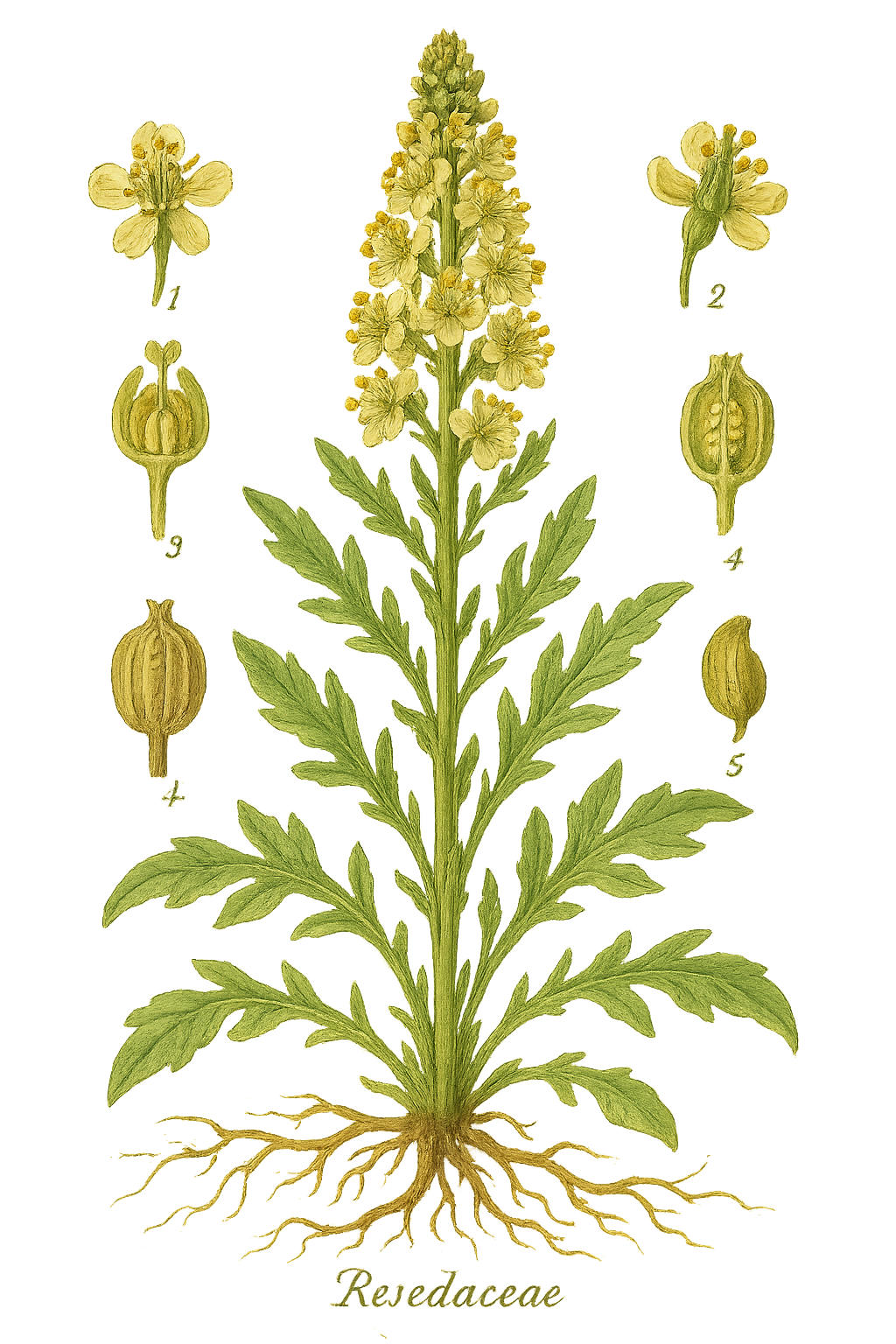
Overview
The Mignonette family, Resedaceae, includes about 6 genera and around 85 species. While many species are inconspicuous weeds, some hold cultural or economic significance. Common Mignonette (Reseda odorata) has been cultivated for centuries for the sweet fragrance of its small flowers, popular in gardens and perfumery. Weld (Reseda luteola) was historically a crucial source of bright yellow dye for textiles, used since antiquity.
Most Resedaceae thrive in open, often disturbed habitats with calcareous or sandy soils, typical of Mediterranean climates. Their unique open ovary structure is a key diagnostic feature, visible even in flower, distinguishing them from related families. The presence of glucosinolates contributes a pungent, mustard-like taste to the foliage of many species, likely serving as a defense against herbivores.
The family's phylogenetic placement within Brassicales is well-established, highlighting evolutionary links with economically important families like Brassicaceae (mustards, cabbages) and Capparaceae (capers).
Quick Facts
- Scientific Name: Resedaceae
- Common Name: Mignonette Family
- Number of Genera: Approximately 6
- Number of Species: Approximately 85
- Distribution: Temperate Northern Hemisphere (esp. Mediterranean, Middle East), N Africa, Europe, Macaronesia, SW North America.
- Evolutionary Group: Eudicots - Brassicales
- Habitat: Open, often disturbed areas, calcareous or sandy soils.
Key Characteristics
Growth Form and Habit
Mostly annual, biennial, or perennial herbs. Some genera include subshrubs or shrubs (e.g., Ochradenus, Randonia).
Leaves
Leaves are usually arranged alternately. They can be simple or pinnately lobed to deeply divided. Small, often glandular stipules are typically present at the leaf base.
Stems
Stems are generally herbaceous, sometimes becoming slightly woody at the base in perennial species or shrubs.
Roots
Typically possess a taproot system.
Sexuality and Inflorescence
Flowers are arranged in terminal racemes or spikes, which often elongate as fruits develop. Flowers are usually perfect (bisexual).
Flowers
Flowers are often small, inconspicuous (though sometimes fragrant), whitish, yellowish, or greenish, and typically zygomorphic (bilaterally symmetrical), though some can be nearly actinomorphic.
- Sepals: 4-8, usually unequal in size, often persistent in fruit.
- Petals: (0-) 4-8, usually unequal, often white or yellowish. A key feature is that the petals (especially the upper ones) are frequently deeply lobed, fringed, or laciniate (slashed into narrow segments).
- Stamens: 3 to numerous (commonly 10-40), often borne on one side of the flower contributing to zygomorphy. Filaments may be free or fused at the base, sometimes borne on a nectar disc or androgynophore (a stalk bearing both stamens and ovary).
- Ovary: Superior, composed of (2-) 3-6 (-7) carpels fused at the base but characteristically remaining open at the apex throughout development. The ovary is unilocular (single chamber) with parietal placentation (ovules attached to the ovary wall). Styles are usually very short or absent, with stigmas directly on the ovary apex, corresponding to the number of carpels.
Fruits and Seeds
The fruit is a capsule that develops from the open ovary and typically remains open at the apex when mature. Seeds are shed through this apical opening. Seeds are generally numerous, small, and often kidney-shaped (reniform) or heart-shaped.
Chemical Characteristics
Members of Resedaceae produce glucosinolates (mustard oil glycosides), the same class of compounds found in mustards, cabbages, capers, etc. These break down upon tissue damage to produce pungent isothiocyanates, serving as a defense mechanism and providing a characteristic mustardy taste/smell.
Field Identification
Identifying Resedaceae involves looking for the combination of herbaceous habit, leaf arrangement, inflorescence type, unique flower structure, and the characteristic open fruit:
Primary Identification Features
- Habit: Mostly herbs, sometimes subshrubs.
- Leaves: Alternate, simple or lobed/divided, with small stipules.
- Inflorescence: Raceme or spike.
- Flowers: Often zygomorphic, with 4-8 fringed or deeply lobed petals (especially upper ones).
- Stamens: Numerous (often >10).
- Ovary/Fruit: Superior, distinctively open at the apex, developing into a capsule that is also open at the top.
- Chemistry: May have a mustard-like scent or taste when crushed (due to glucosinolates).
Secondary Identification Features
- Petal Color: Often whitish, yellowish, or greenish.
- Habitat: Typically found in open, sunny, often disturbed areas, frequently on calcareous or sandy soils.
- Distribution: Centered around the Mediterranean/Middle East.
Seasonal Identification Tips
- Flowering/Fruiting Season: Typically spring and summer in temperate regions. The open ovary is visible during flowering, and the open capsule persists afterwards, making identification possible over a long period.
- Vegetative State: Basal rosettes may be present in perennial species. Leaf shape and stipules can be useful.
Common Confusion Points
Resedaceae can be confused with members of related families in the Brassicales order:
- Brassicaceae (Mustard family): Flowers are typically actinomorphic with 4 petals (usually entire, forming a cross shape) and characteristically 6 stamens (4 long, 2 short). Fruit is a silique or silicle (a capsule with a central partition). Ovary and fruit are closed.
- Capparaceae (Caper family): Flowers can be zygomorphic or actinomorphic, often have numerous stamens, but petals are usually entire (not fringed). Ovary is typically stalked (stipitate) and develops into a capsule or berry; ovary/fruit is closed.
- Cleomaceae (Spiderflower family): Similar to Capparaceae, often with palmately compound leaves, zygomorphic flowers with long stamens, and stalked, closed ovaries/capsules.
The combination of fringed petals, numerous stamens, and especially the open ovary/capsule is diagnostic for Resedaceae.
Field Guide Quick Reference
Look For:
- Mostly herbs
- Alternate leaves (simple or lobed)
- Small stipules present
- Inflorescence a raceme/spike
- Flowers often zygomorphic
- Petals fringed/lobed (esp. upper)
- Stamens numerous (>10)
- Ovary/Capsule open at apex
- May smell/taste of mustard
Key Variations:
- Degree of flower zygomorphy
- Number of petals/sepals/stamens
- Leaf division (simple vs. lobed)
- Habit (annual vs. perennial vs. shrubby)
Notable Examples
The genus Reseda contains the most well-known species:

Reseda odorata
Common Mignonette
Native to North Africa but widely cultivated globally for the intense, sweet fragrance of its relatively inconspicuous greenish-white flowers with reddish anthers. An annual herb popular in cottage gardens and historically used in perfumery.

Reseda luteola
Weld, Dyer's Rocket
A taller biennial or perennial herb with upright spikes of yellowish flowers. Historically significant as the primary source of a bright, lightfast yellow dye (luteolin) used for textiles from ancient times until the advent of synthetic dyes.

Oligomeris linifolia
Slenderleaf Mignonette
A small, often wiry annual herb native to desert regions of the southwestern USA and Mexico, also found as an introduction elsewhere. Characterized by narrow, linear leaves and small whitish flowers in dense spikes. Demonstrates the family's presence outside the Old World.
Phylogeny and Classification
Resedaceae is a well-defined family belonging to the core eudicot order Brassicales. This placement is strongly supported by both molecular data and shared chemical characteristics, notably the production of glucosinolates (mustard oil glycosides).
Within Brassicales, Resedaceae is closely related to several other families, including Brassicaceae (mustards), Capparaceae (capers), Cleomaceae (spiderflowers), Tovariaceae, and Gyrostemonaceae. Together, these families form a clade characterized by the presence of glucosinolates. The exact relationships among these families are still being refined, but Resedaceae represents a distinct lineage within this group, marked by its unique open gynoecium.
Position in Plant Phylogeny
- Kingdom: Plantae
- Clade: Angiosperms (Flowering plants)
- Clade: Eudicots
- Clade: Rosids
- Order: Brassicales
- Family: Resedaceae
Evolutionary Significance
Resedaceae holds evolutionary interest due to:
- Open Gynoecium: The unsealed superior ovary and capsule is a highly unusual morphological feature among angiosperms, representing a unique developmental pathway within Brassicales.
- Link to Brassicales: Its clear chemical (glucosinolates) and molecular ties solidify the concept of the Brassicales order and provide insights into the evolution of mustard oil biosynthesis.
- Flower Symmetry Evolution: The prevalence of zygomorphic flowers within the family offers a case study for the evolution of bilateral symmetry from radial ancestors within the order.
- Biogeography: The family's distribution pattern, centered on the Mediterranean and Middle East but with extensions to other temperate regions, reflects patterns of climate change and dispersal in the Northern Hemisphere.
